If you’re looking for a first or second drone to explore the exciting world of aerial imaging, keep looking. If you are an experienced pilot working in public safety, industrial inspection or even the armed forces, stop and give the Anafi USA a closer look—it’s worth it.
A quirky platform built on a proven legacy, Parrot’s latest drone excels at providing powerful aerial imaging tools for professionals who need a clear view of what is happening on the ground when lives or big money are at risk. The extraordinary combination of thermal imaging and a visible-light camera with a 32x zoom capability are going to let you see what you need to see, right now.
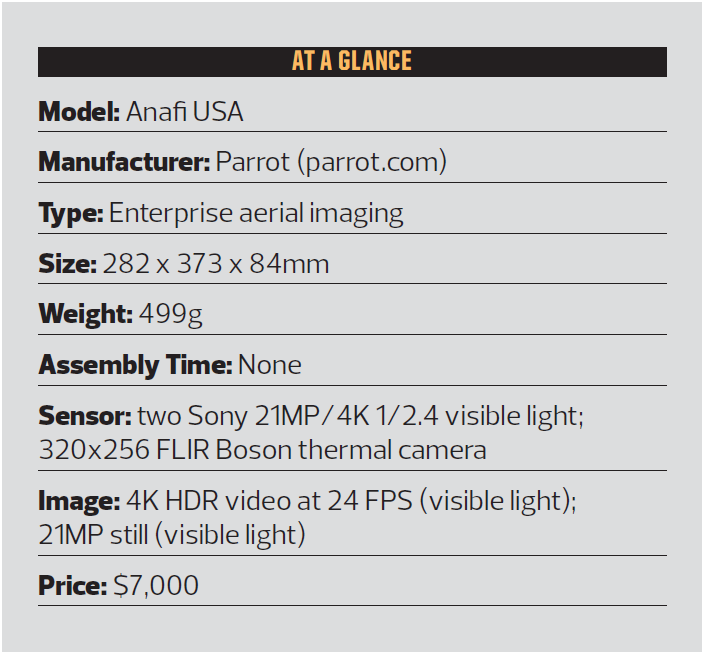
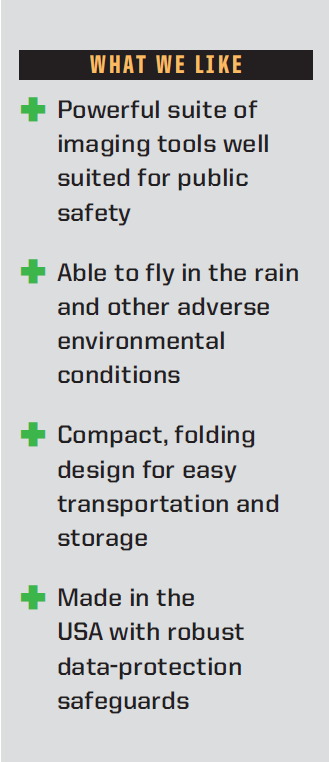
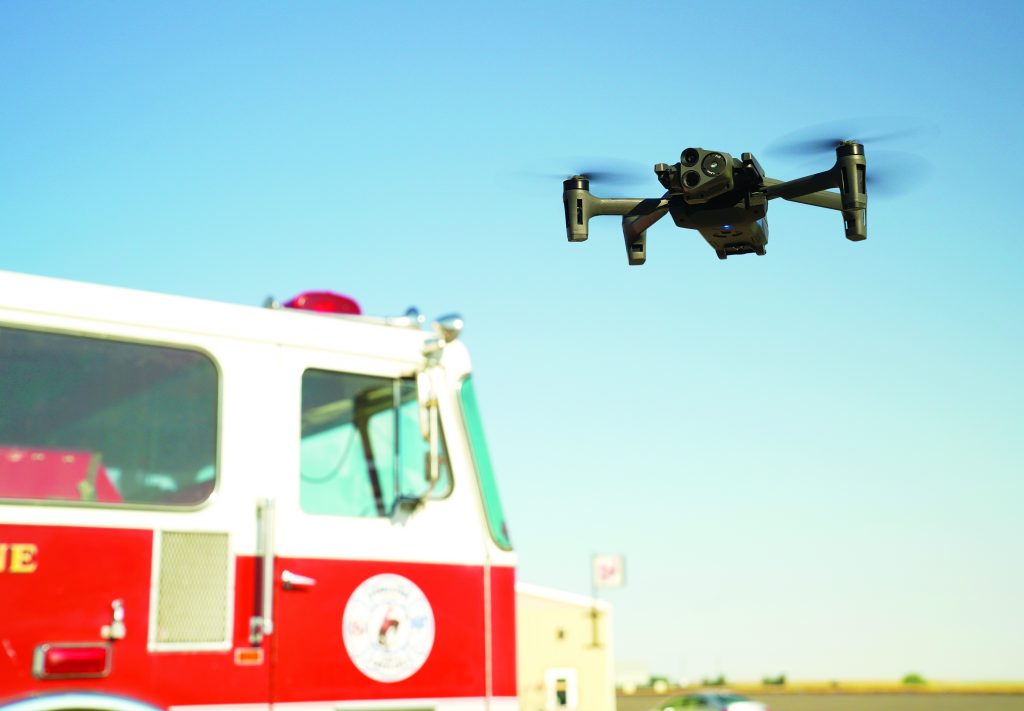
With its remarkable 32x visible-light zoom capability and mid-resolution thermal imaging camera, the Anafi USA is well-suited for deployment with firefighters, police officers and other public safety professionals.
Lightweight
The Anafi USA is a study in contrasts, and it is important to understand the implications of the choices Parrot made in its design before making a purchase decision. Its imaging capabilities are legitimately powerful, and we’ll explore those in depth below, but let’s begin by considering the aircraft as a whole.
The first thing you will discover when you lift the aircraft out of its robust, protective case is that it is lightly built, weighing less than half other aircraft of similar size and capabilities. It weighs 499 grams, compared with a stout 1.1 kilogram for the Mavic 2 Enterprise Advanced. Initially, this lack of heft can make the Anafi USA feel almost like a toy—but that not a bug, it’s a feature.
I’ll never forget unboxing the original Anafi and feeling almost cheated when I saw how small and lightweight it was. However, it has since emerged as one of my favorite drones: its diminutive size and featherweight construction make it extremely efficient and quiet. That same characteristic also makes it more likely to withstand a crash with no or minimal damage—it just doesn’t weigh enough to hurt itself. Of course, that engineering approach has its limits, and those limits will no doubt be met much sooner while flying, and crashing, the Anafi USA: it is larger and heavier than its predecessor.
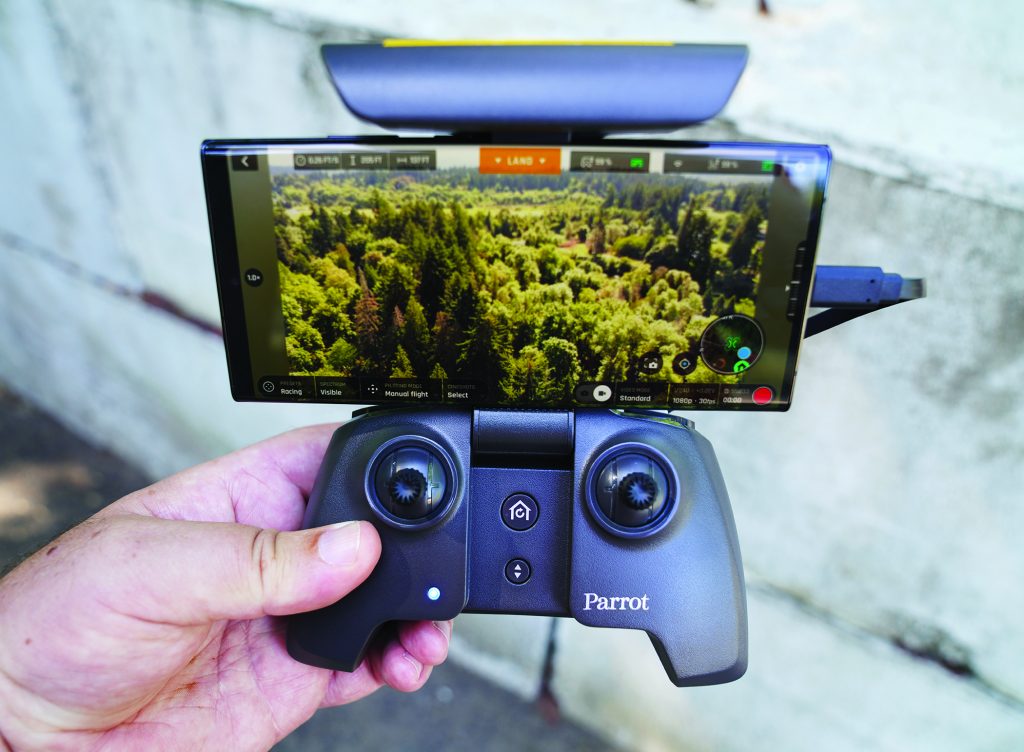
To direct the Anafi USA in flight, Parrot has once again returned to the proven SkyController 3. The same unit has also been employed by the original Anafi, the Anafi Thermal and the Skydio 2.
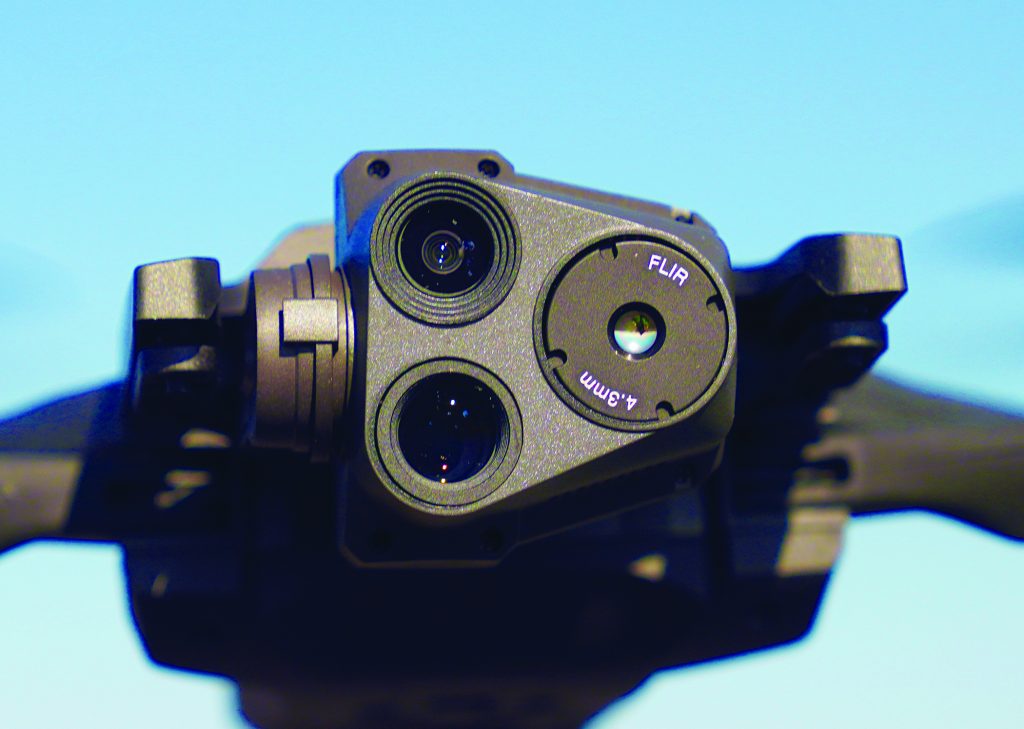
The gimbal on the Anafi USA incorporates three cameras: two, 21-megapixel visible-light cameras work in tandem to provide its 32x zoom capability, as well as a 320×256 FLIR Boson to capture thermal images.
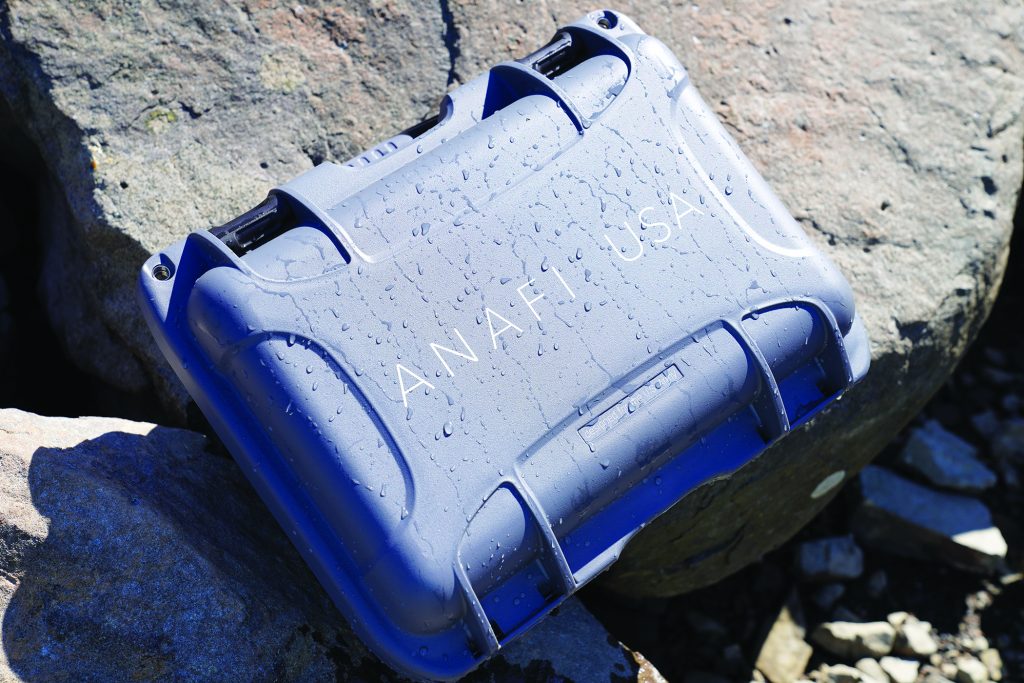
The Anafi USA arrives in a case that is even more robust than the drone itself. Incorporating an O-ring seal and locking latches, it is sealed tight against water and dust. It even floats!
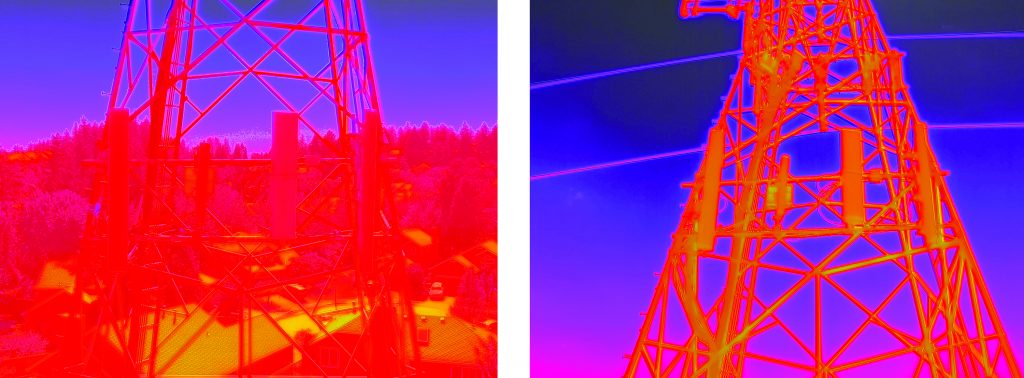
The ability to pitch its gimbal above the horizon gives the Anafi a big advantage in conducting thermal inspections: allowing the pilot to shift the background from the potentially hot surface (left) to the cool sky (right).
Nevertheless, expect to be surprised when you hold it in your hand for the first time. Also, if you’re the “drone guy” at your local fire district or police department and you recommend purchasing the Anafi USA for your agency, keep this effect in mind when you introduce your chiefs to their new, $7,000 purchase for the first time. Their initial instinct might be that you got scammed.
First impressions aside, the Anafi USA largely succeeds with this approach. The company claims a maximum flight time of 32 minutes. I have never once seen a drone hit its advertised flight time, but I have logged flights more than 27 minutes with this platform—and that’s lot closer than most aircraft I test.
Beyond its lightweight construction, Parrot attributes this performance to the scalloped trailing edges of its propellers: a feature unique to this aircraft, to the best of my knowledge. According to the company, this design was inspired by the pectoral fins of humpback whales. It allows the propellers to turn more slowly while applying greater torque. Thus, the company claims: “Anafi USA emulates a rotor whose power is higher than the theoretical capacity of its diameter,” and, “The tonal sound power of the anterior edge of the blade, is minimized, lowering the noise of the flight.”
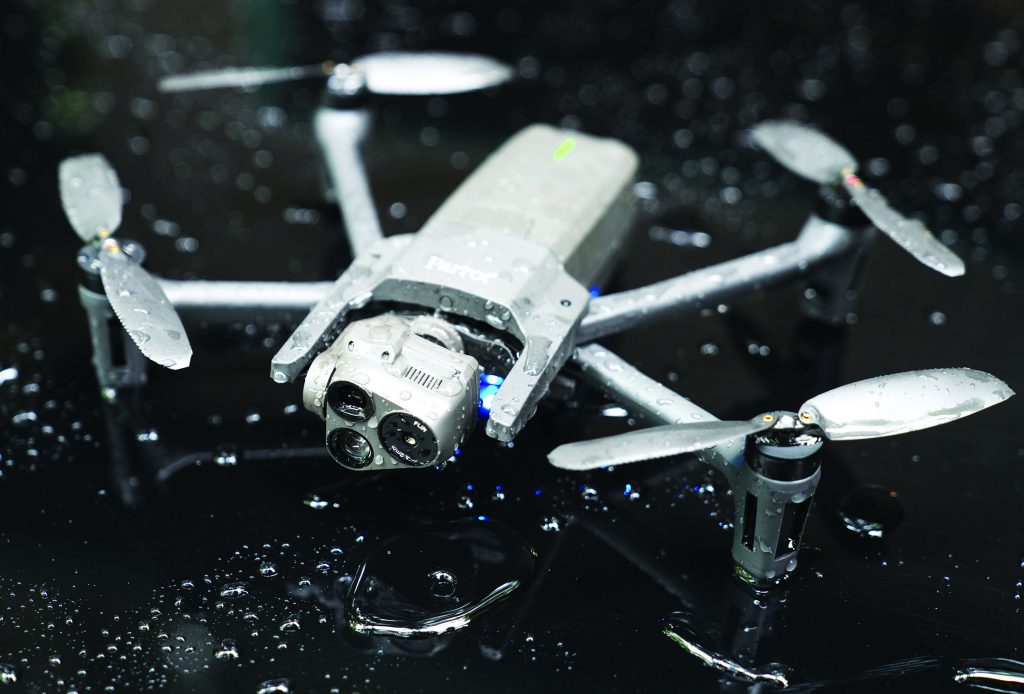
With an IP53 rating, the Anafi USA is perfectly suited to fly in the rain as well as dusty environments that could cause problems for less well-protected aircraft.
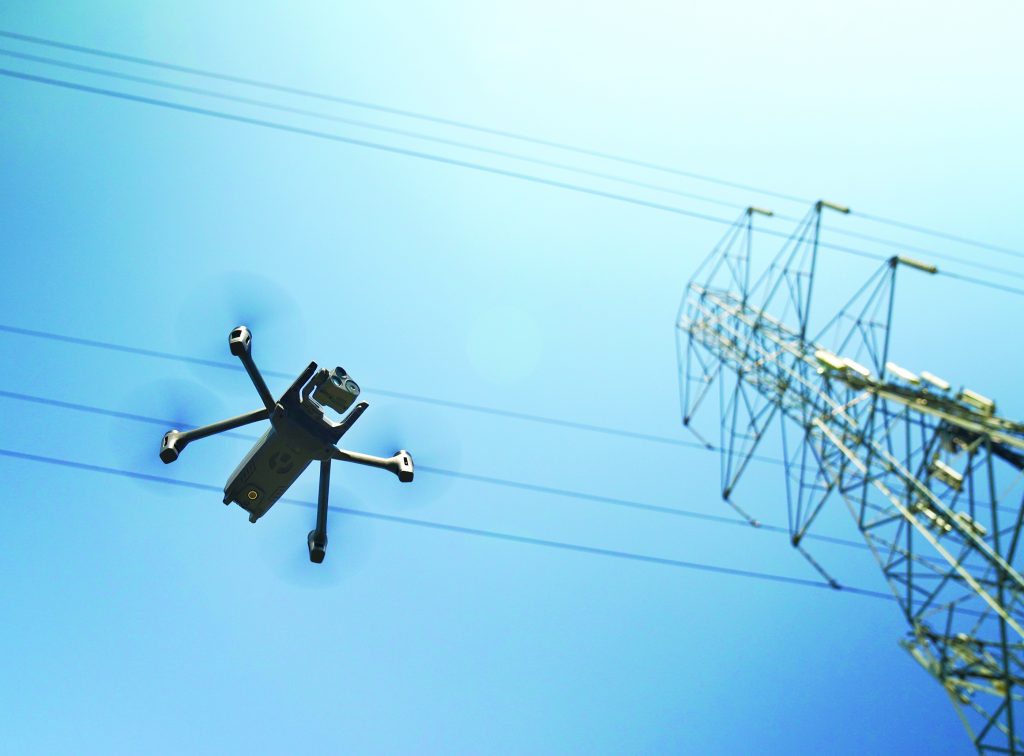
With a thermal imaging camera and a powerful zoom lens, the Anafi USA would be a capable tool when deployed for infrastructure inspection.
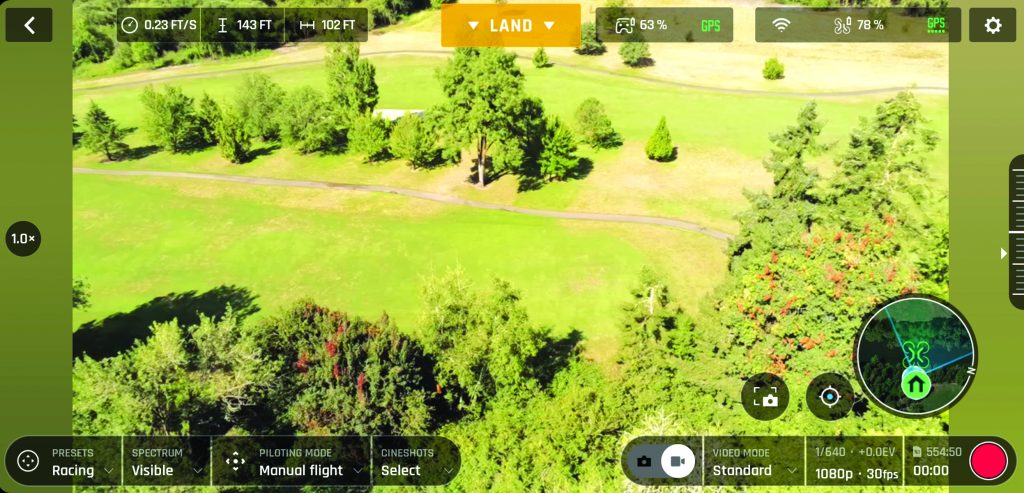
The Anafi USA uses the exact same app—FreeFlight 6—that was employed by the original Anafi and the Anafi Thermal to display video and telemetry on the user’s smart device, making an easy transition for current Parrot pilots.
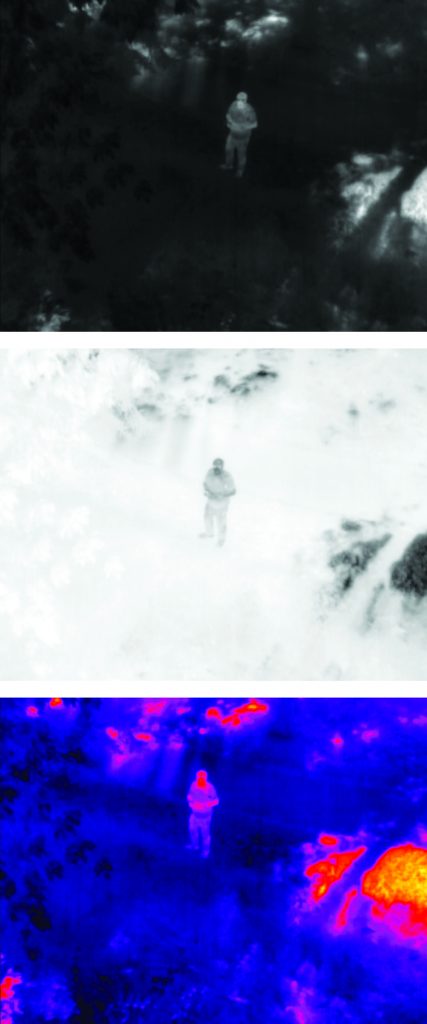
The pilot can select from three color palettes while employing the Anafi USA’s integrated FLIR thermal imaging camera: white-hot (top), black-hot (middle), and fusion (bottom).
So, is any of that true? I have no idea—I’m a pilot, not an aeronautical engineer. I will say that the Anafi USA is definitely quieter than other aircraft with comparable capabilities, and with its powerful zoom lens, it is capable of conduct up-close surveillance of a subject who is unable to hear it—an ability of potentially keen interest to law enforcement officers facing dangerous tactical situations.
Less is … ?
Read the list of specifications for any drone with the same general capabilities as the Anafi USA, like the Mavic 2 Enterprise Advanced or the Autel Evo II Dual and you’re going to find yourself reading a lot about sensors—specifically, collision-avoidance sensors. These drones make extensive use of binocular camera arrays and machine vision systems to build up a 3D model of the environment to help you avoid running into things, like trees, buildings, telephone poles, etc. Starting with the Skydio 2 from the eponymous manufacturer, the trend within the industry is moving inevitably towards 360-degree collision avoidance systems—front to back, left to right, top to bottom—your aircraft will be able to “see” everything around it, and sound an alarm if it gets too close.
In this regard, Parrot isn’t just marching to a different drummer, it’s sitting alone in the corner playing the theremin. The Anafi USA incorporates precisely zero collision avoidance sensors. Indeed, the only sensors it has—apart from the accelerometers and gyroscopes that are mandatory to keep any multirotor in the air—are a GNSS receiver that picks up signals from the GPS, GLONASS, and Galileo satellite constellations, along with a barometric altimeter, a compass, a single ultrasonic range finder and optical flow camera.
Except for the multi-band GNSS receiver, this would have been considered an underwhelming sensor suite five years ago. Today, it borders on farcical. And yet, plenty of smart people work at Parrot, so we are forced to consider the possibility that this is a deliberate choice, not a blunder. So, why not include all the bells and whistles? At the very least, all those extra features would look good on the sales brochure.
I’m sure that weight and cost were considerations, but I also think it is likely that Parrot though long and hard about their customer for this product, and what that person really needs to accomplish a mission.
My conclusion? That person looks a lot like me: an experienced, well-trained small uncrewed aircraft systems (UAS) pilot who knows how to fly. For the most part, I’m glad to have the collision avoidance systems that are standard equipment on most of the other drones I fly. They are re-assuring, even though I don’t trust them completely, and they serve as a check on my own perception while I’m doing proximity flying, for example.
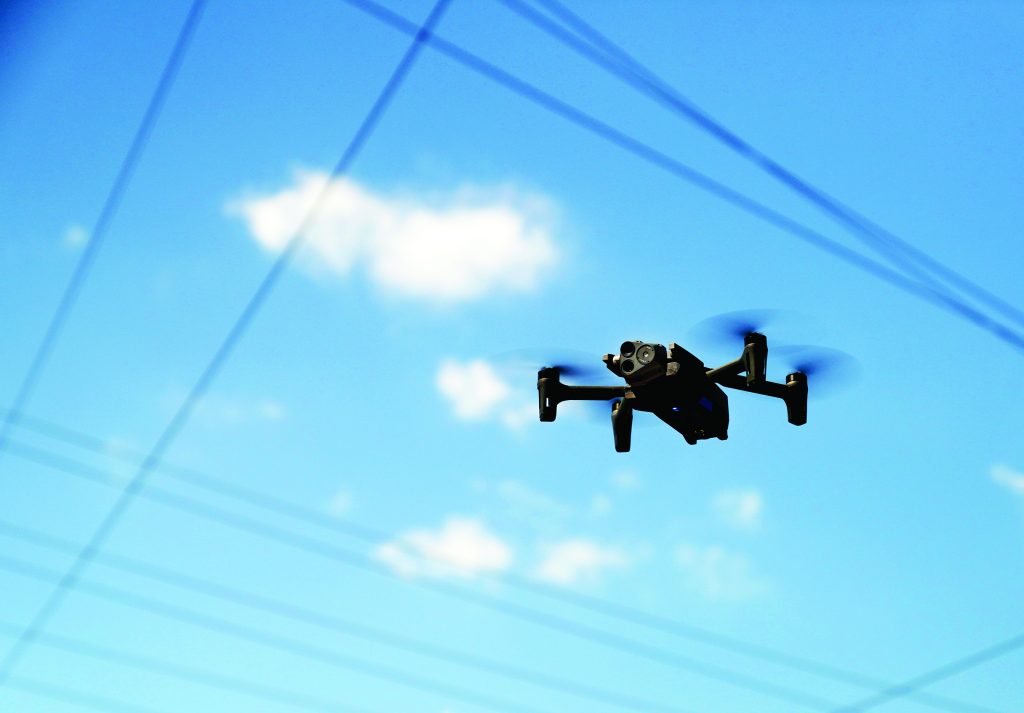
Unlike drones from other manufacturers, the Anafi USA lacks any sort of collision-avoidance system: making it entirely reliant on the pilot to avoid obstacles.
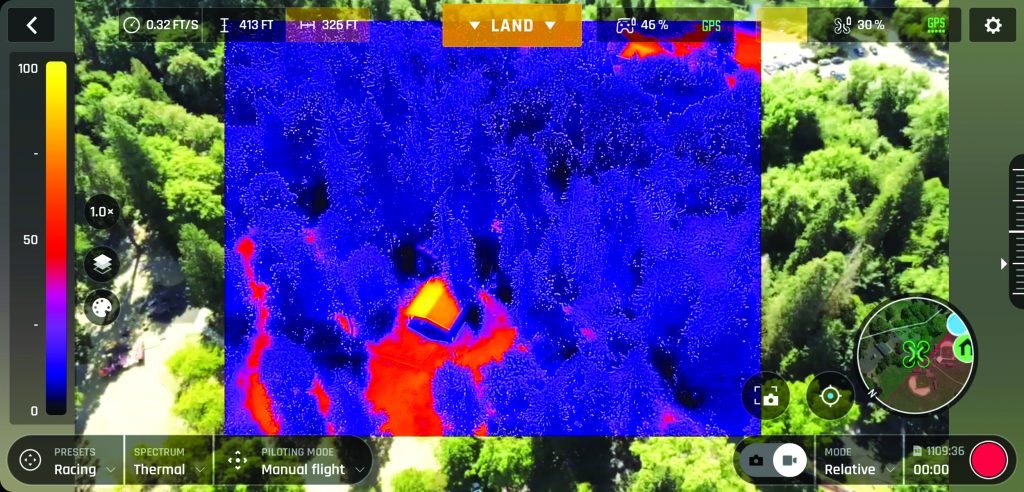
The FLIR thermal imaging camera on board the Anafi USA has a narrower field of view than the visible-light camera at its most wide-angle setting, allowing the thermal image to be superimposed directly onto the video—aiding pilot orientation.
However, thinking back over my flight testing with the Anafi USA, I never once missed having it. I didn’t miss the warnings that, in the system’s judgment, I was too close to an obstacle. I also didn’t miss the warning that because the system was disabled—by me—I wasn’t receiving warnings that I was too close to an obstacle, and so on.
The beeping, the flashing lights, the alert messages—I didn’t miss any of it. Furthermore, I think I was at least as safe, or even more safe, than when I am flying a drone with a collision avoidance system. This may be true both because I was less distracted, but also because I had no choice but to maintain a higher degree of situational awareness myself, knowing the machine was not going to bail me out if I did something dumb.
Having said that, please keep in mind: this is one pilot’s opinion based on his own unique history, experience, and training. Like they say when you’re buying a new car: your mileage may vary, so think carefully about who you are and what tools you need to be the best, and safest, pilot that you can be.
Verdict: Not Stupid
American novelist Mercedes Lackey has a quote of which I am particularly fond: “If it’s stupid but it works, it isn’t stupid.” In many ways, this philosophy appears to be the animating spirit behind the design of the Anafi USA—right down to how you charge the batteries. The kit includes three, 3-cell, 3,400mAh high-density LiPo batteries.
However, rather than a custom charger with a proprietary connector, you recharge them using a standard USB-C cable. The included charger is basically one of those five-outlet USB power supplies that you would otherwise keep on your desk or your nightstand to recharge your digital life. You also get four USB-to-USB-C cables, allowing you to recharge all three batteries simultaneously, along with the aircraft controller.
This is a smart arrangement because you can get these components anywhere. Accidentally leave the charger for your Mavic 2 Pro at home, and you’re doomed. Leave the charging gear for your Anafi USA at home, and you can pick up a cheap replacement at any Best Buy. I use a Samsung Galaxy smartphone with the aircraft controller, so the charge cables even do double duty by allowing me to make that connection, as well.
The controller itself exemplifies a similar aphorism: “If it ain’t broke, don’t fix it.” You pilot the Anafi USA with the SkyController 3, first introduced alongside the original Anafi in 2018. It’s a compact, folding, all-plastic design. However, its simplicity is marked by a number of smart design choices. First, rather than the recessed dials that most manufacturers provide to control camera pitch and zoom, the Skycontroller 3 provides a pair of levers: a much more intuitive and easier to operate control interface.
Second, the simple act of unfolding the controller accomplishes three discrete tasks: it powers up the unit, positions the antennas for flight and reveals the mounting clamp for your smart device. The spring-loaded mount will hold your phone securely and accommodates the latest generation of smart devices—including my mammoth Galaxy Note 20 Ultra. However, I must first remove it from its protective cover to make it fit: a sacrifice that DJI does not require with its latest generation of controllers.
As Smooth as it Needs to Be
This minimalist approach even applies to the design of the aircraft itself. For example: it is so common these days for drones to incorporate a three-axis mechanical gimbal that it scarcely bares mention in the advertising. However, in keeping with the standard established by its predecessors, the Anafi USA only has a two-axis gimbal.
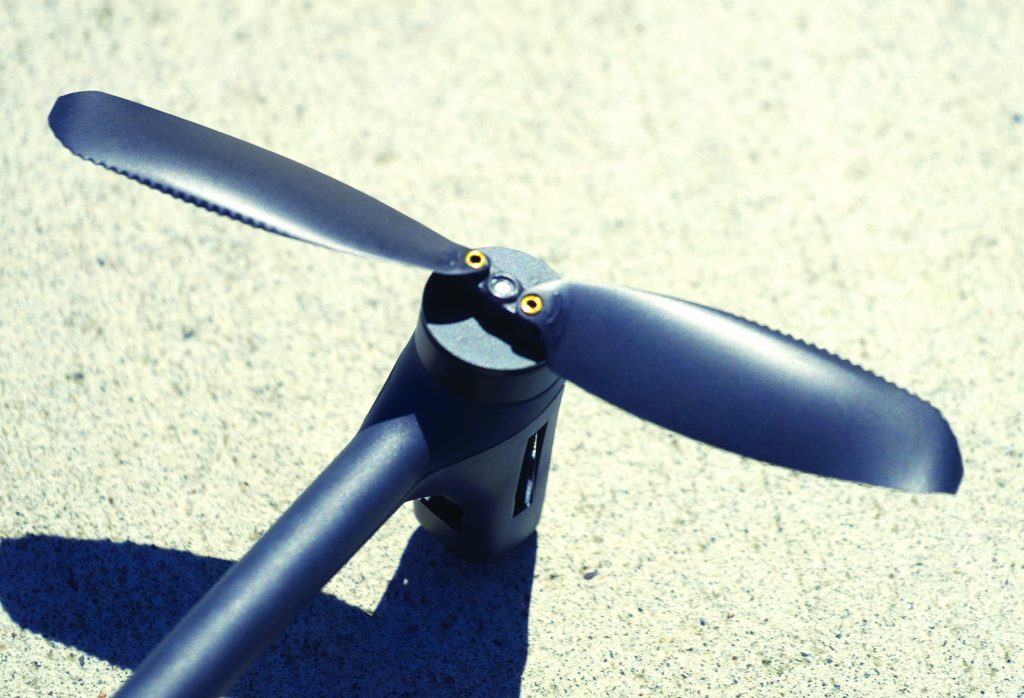
Sealing its motors was among the measures Parrot took to protect the Anafi USA from water and dust infiltration.
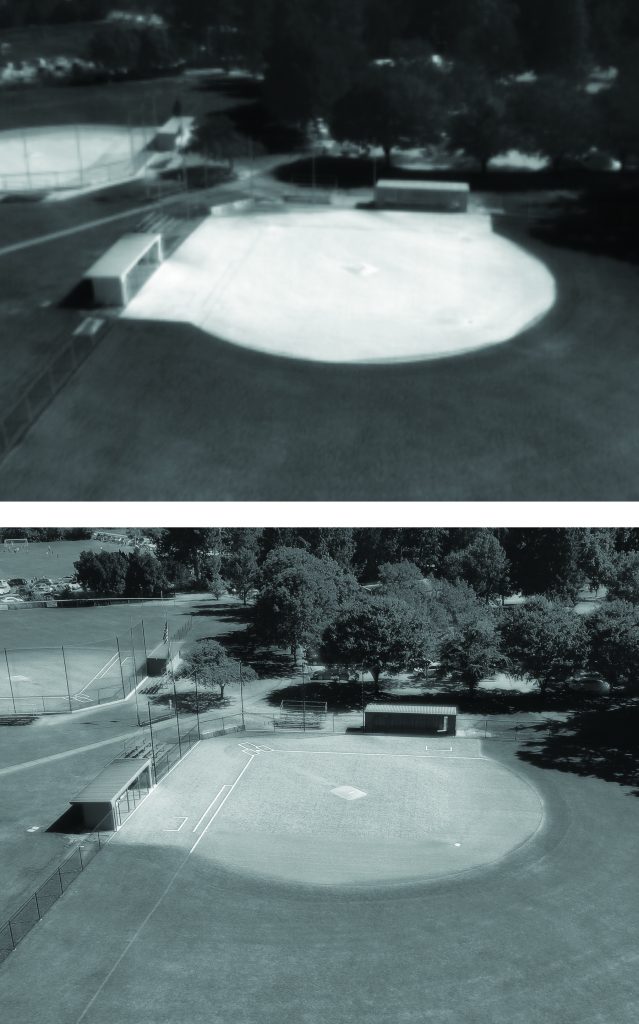
While using the thermal camera on board the Anafi USA, the pilot has the option either to look at the infrared image (above), or a hybrid composite that uses details from the visible light camera to improve clarity (below).
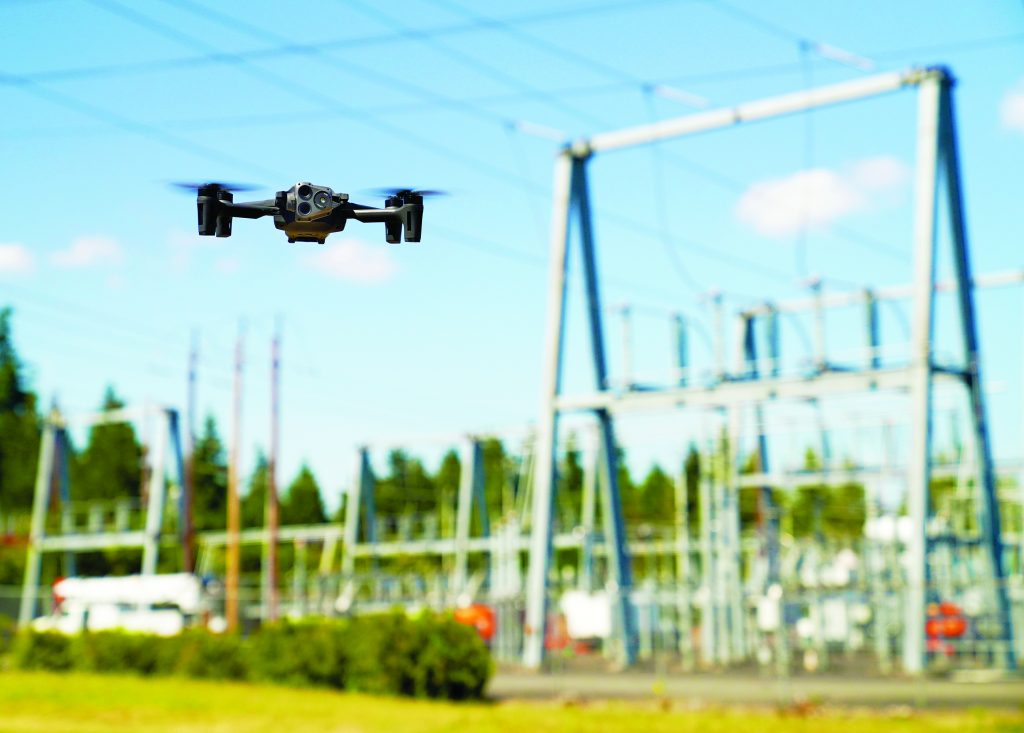
The Anafi USA and its 32x zoom capability allows infrastructure inspectors to get a close-up look at potentially hazardous environments, such as an electrical substation, while keeping the aircraft—and themselves—well away from it.
We could label this heresy—like the absence of collision-avoidance sensors—and smugly discount the aircraft entirely for failing to keep up with the rest of the industry. Once again, however, that would be a mistake.
The Anafi USA’s gimbal stabilizes the camera payload in the pitch and roll axes, keeping it level and on target when the aircraft is moving forward, backward and side to side. Unlike virtually every other drone on the market today, it does not offer mechanical stabilization in the yaw axis: that is, when the nose of the aircraft pivots left or right.
It turns out that this is not essential for acquiring stable video, at least in most cases. First, except for those rare drones that offer 360-degree rotation in the yaw axis—like the DJI Inspire series and big, Hollywood aerial cinema rigs—all the third axis does is smooth out the video when you make a turn, because the camera must ultimately end up facing the same direction as the nose of the aircraft, anyway. If you take it easy with your left thumb, you can still get smooth video, just like I’ve been doing with my original Anafi for years.
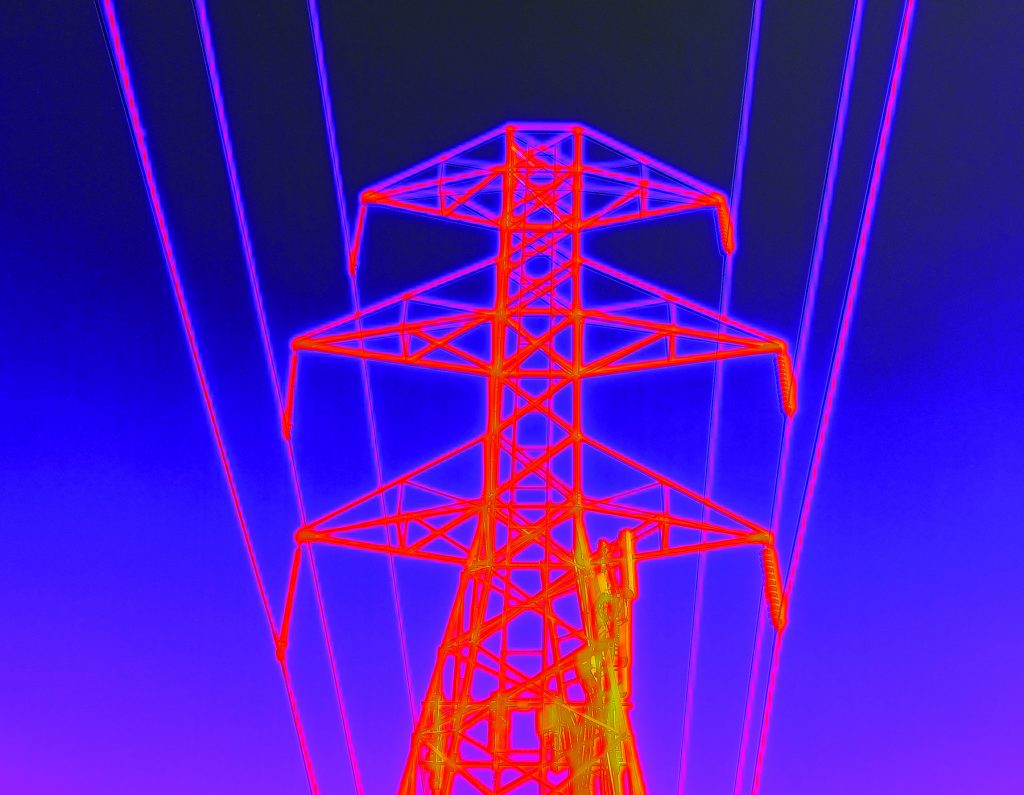
Thermal imaging is often employed by electrical inspectors to identify faults that are invisible to the naked eye—and the Anafi USA will allow them to literally take this ability to new heights.
Second, Parrot incorporates digital stabilization in all three axes, to supplement the mechanical stabilization provided by the gimbal. If you’re like me, you will be skeptical about this approach—and, obviously, I can respect that. However, Parrot has a history of success with this approach that bears noting.
When the first three-axis camera gimbals were arriving in the market, Parrot audaciously introduced a drone with a zero-axis gimbal: the Bebop 2. Instead of a gimbal, it relied completely on digital stabilization, and it worked surprisingly well—you could even “pitch” the camera up and down, just like a mechanical system. If you were only watching the video downlink, and had never actually seen the aircraft, you could easily be fooled into believing it had a conventional gimbal. The Anafi USA builds on that accomplishment.
Finally, this aircraft was not designed to deliver butter-smooth, cinematic aerial video—it was designed to provide crucial information for people in life-or-death situations. If you need to yaw hard to get the image you need, who gives a damn how it looks on video? To say otherwise is a bit like complaining that a firefighter’s handheld thermal imaging camera takes lousy vacation photos. It’s undeniably true, but it also misses the point.
I Can See for Miles and Miles and Miles …
For all its idiosyncrasies, the Anafi USA delivers where it needs to: as a serious aerial imaging tool intended primarily for people working in tactical environments. Even a cursory examination of the aircraft reveals a peculiar fact. It has three cameras mounted on its gimbal, not the two you would expect for visible light and thermal.
The reason for this arrangement is that it carries two visible light cameras: one with a 75-degree field of view (FOV)—comparable to the Mavic 2 Pro’s 77-degree FOV—and the other with a 16-degree FOV, which is the equivalent of 5x magnification. Since Parrot boasts this aircraft delivers an uninterrupted zoom capability from 1x to 32x, you would be right to wonder how this is accomplished.
The answer: digital zoom. From a magnification of 1x to 5x, the imaging system simply crops the image from the wide FOV camera. The absolute number of pixels in the image drops—if you capture a still image, for example—but the real-time image on your smart device remains perfectly clear. Then, when you hit 5x magnification, the system switches over to the other camera and the digital zoom process begins again.
At 10x magnification, the camera is still capturing the equivalent of 1080p video (1920×1080 pixels), which drops to 1280×720 at 15x, and then 720×480 at 27x. All the way out at 32x, you can begin to discern some pixelation in the real-time video, but I would judge the quality to be sufficient for applications like search and rescue. Also, Parrot made good on its promise: the zoom is smooth and completely seamless, even during the hand-off between the two cameras.
Except for their lenses, the two cameras are identical: capable of capturing 21 megapixel stills and 4K, high-dynamic range video at 24 frames per second. Each has 1/2.4” Sony IMX230 sensor with an F2.4 fixed aperture.
From an end-user perspective, the 32x zoom capability is impressive: so much so that it has the potential to change your perception of what drones can do. You can get an amazingly close-up view of people and objects that are a long way off—and that’s away from the drone, not you. I found I could reliably maintain visual line of sight with the aircraft out to 1,000 feet. Add the 32x zoom on top of that and you can keep watch on a subject more than a mile away.
That would be reason enough to deploy the Anafi USA with first responders, like search and rescue teams, firefighters, and law enforcement—but, arguably, we haven’t even gotten to the best part yet. The aircraft also mounts a FLIR thermal imaging camera: a Boson core capturing 320×256 pixels at 20 frames per second with a 50-degree FOV.
That sounds like pretty low resolution, and compared to visible light cameras these days, it is. However, for reasons that go well beyond the scope of this article, thermal cameras small enough to fit on a drone the size of the Anafi USA are always going to have limited resolution: topping out around 640×512. Furthermore, in my own extensive testing of aerial thermal imaging systems, I’ve discovered that resolution is not as crucial as you might expect for real-world tasks, like finding a missing subject in the woods or searching out hot spots following a wildfire. Make no mistake: I’ll take 640×512 if I can get it, but I wouldn’t regard 320×256 as being especially inferior alternative for most applications.
I do have one frustration with Parrot’s implementation of the thermal imaging system on the Anafi USA: the controls and interface are not well suited for professional thermography. For a soldier, firefighter or police officer interested in qualitative results, like finding people or judging how quickly a blaze is spreading, this system will work great. However, if you need quantitative information—like the temperature at the tip of a flare stack—that data is not going to be easy to access, which may limit this platform’s utility for certain types of industrial inspection.
Made in America
Although Parrot is based in France, the Anafi USA is manufactured in Massachusetts. The company is clearly eager to exploit the cybersecurity concerns around foreign-made (i.e., Chinese) drones, especially in sensitive applications like the military, public safety, and critical infrastructure inspection, and hasn’t missed any opportunity to highlight the drone’s country of origin.
To begin with, you don’t need to look any further than the name of the product: “Anafi USA.” And, just in case that was too subtle for you, the case is emblazoned with a label that reads: “Designed for the U.S. Army.” Heck, the only way they could possibly make this thing any more American would be to ship each unit with a six pack of Budweiser, a slice of apple pie, and a deep-fried bald eagle. Still, I don’t blame Parrot for banging on this drum repeatedly and hard: they are in a desperate fight for survival against a global hegemon, and they need to press every advantage they have as far as they possibly can.
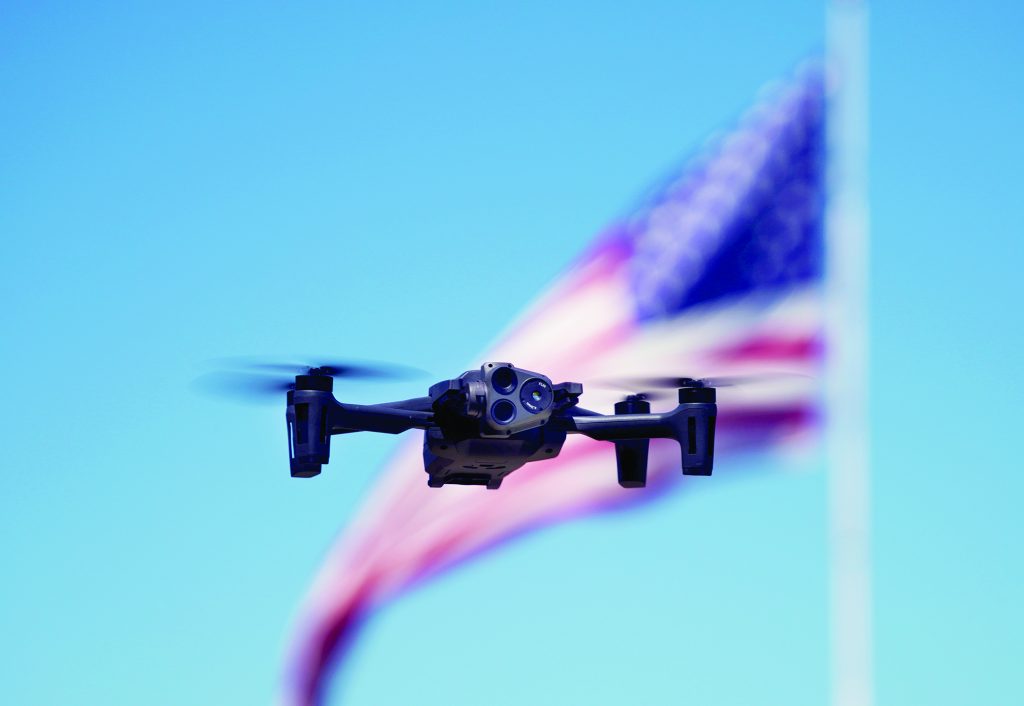
To address the cybersecurity concerns raised by the U.S. government regarding drones manufactured in China and other rival nations, French-based Parrot is building the Anafi USA in Massachusetts.
The Anafi USA will be a benefit to these efforts. It strays from the established industry playbook in significant measure, but Parrot has always demonstrated an aggressive tendency toward outside the box thinking, and I think it serves them well in this case. Rather than pile on features because that’s what every other company is doing, Parrot gave some serious thought to the needs of the people who would be using this drone and built an aircraft to suit them.
Most of you reading this magazine will not need an Anafi USA, but it will be a real benefit to the few of you who do.
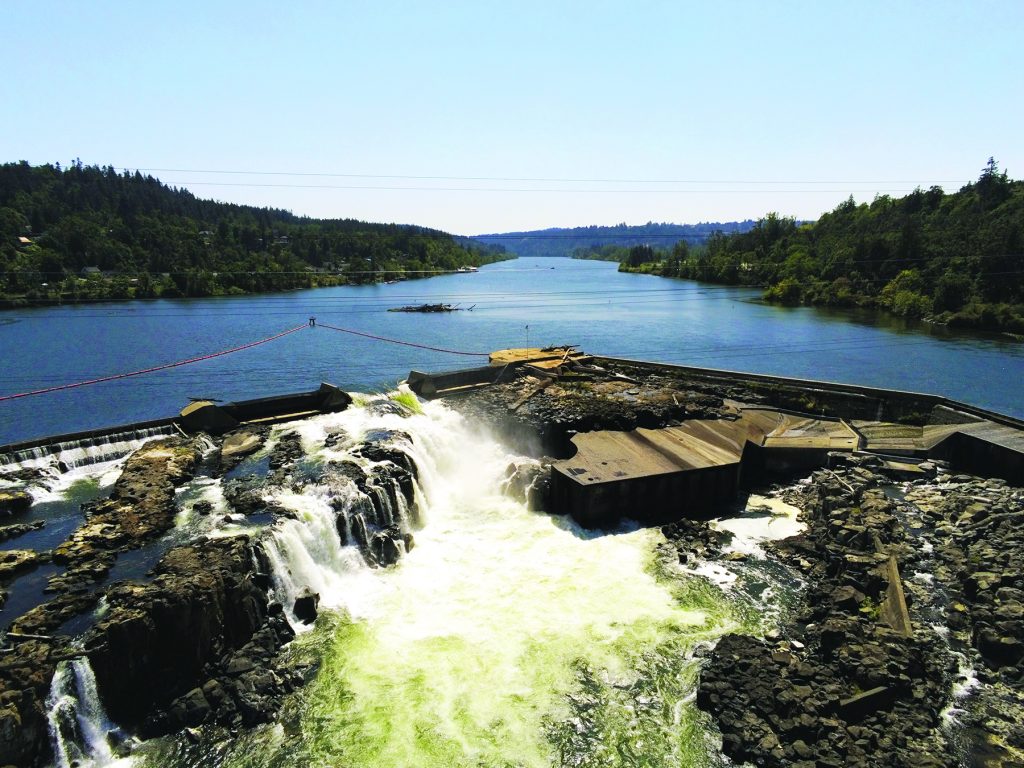
AnafiUSA 1.8.0
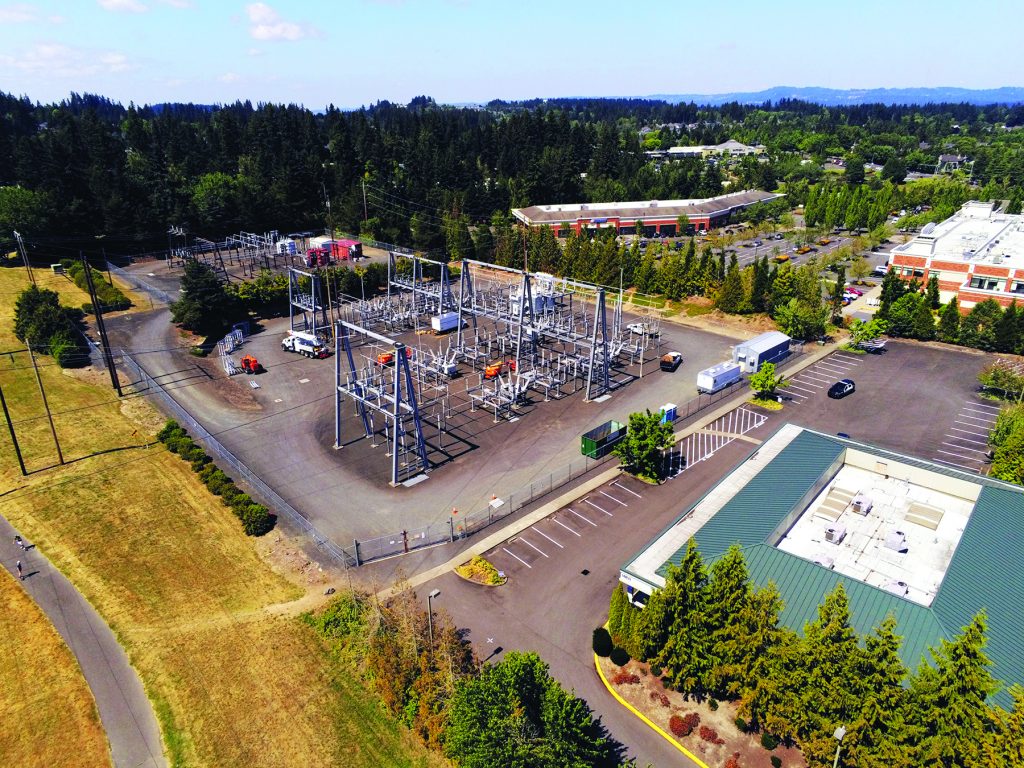
AnafiUSA 1.8.0
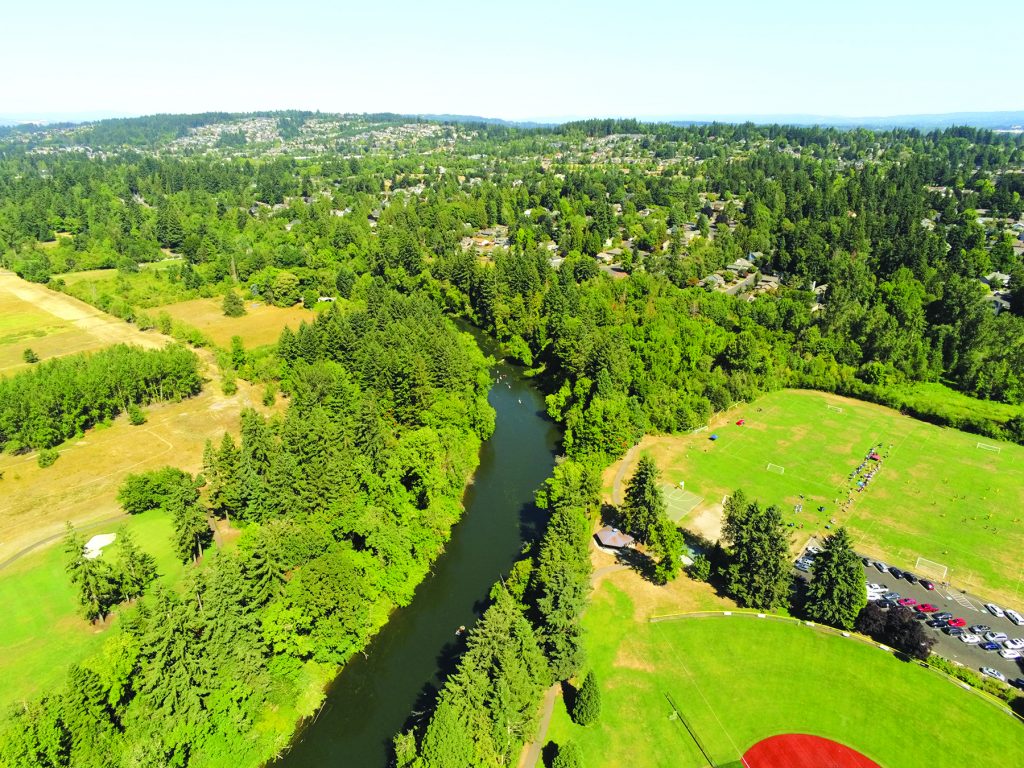
AnafiUSA 1.8.0
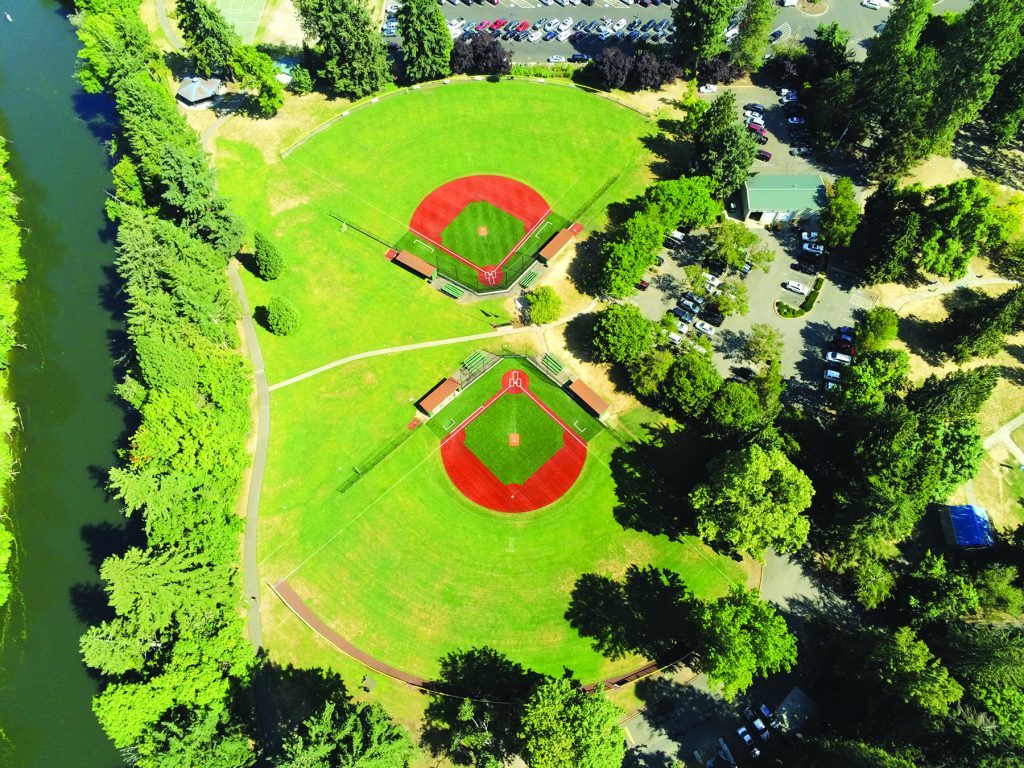
AnafiUSA 1.8.0

AnafiUSA 1.8.0
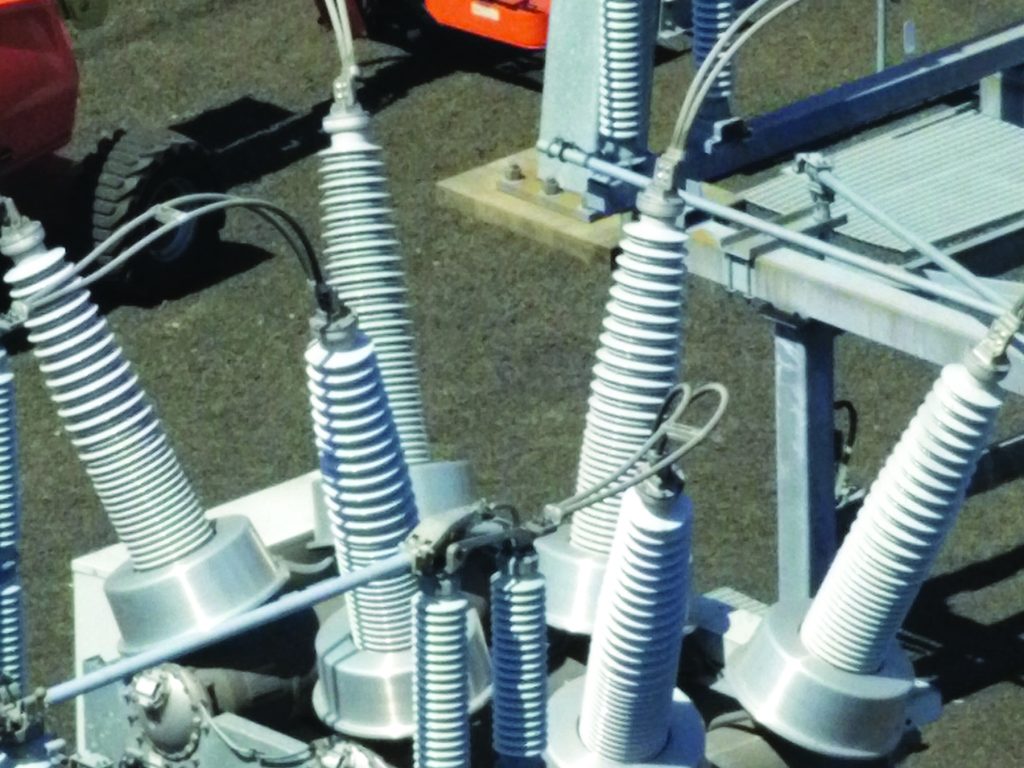
AnafiUSA 1.8.0
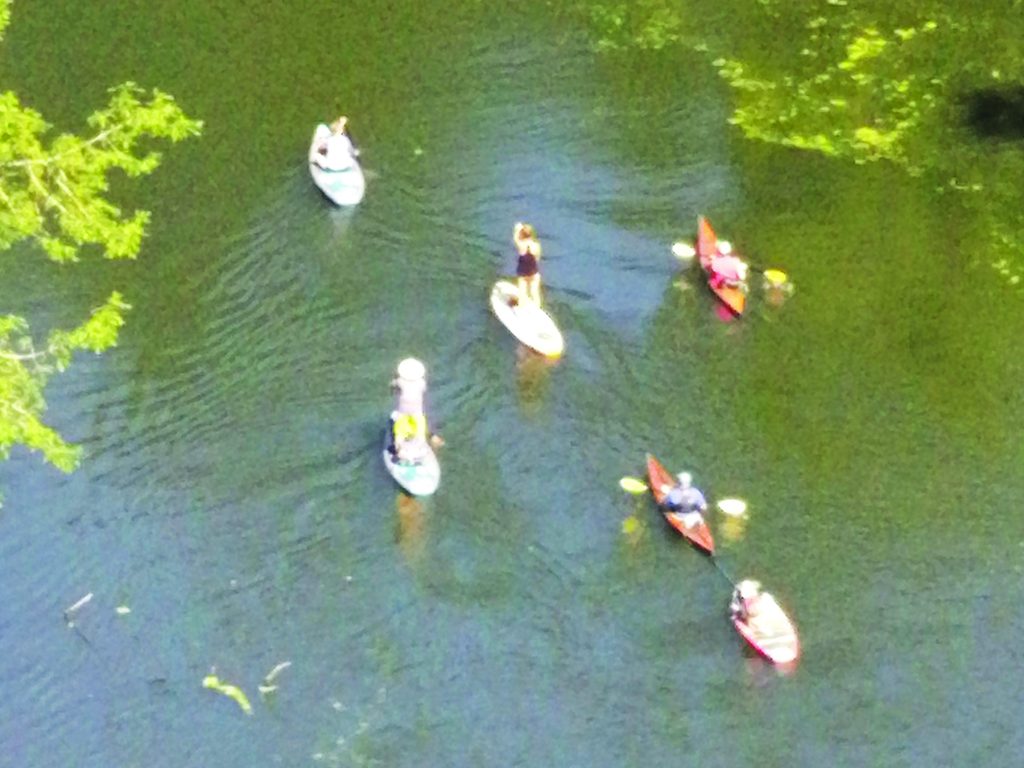
AnafiUSA 1.8.0
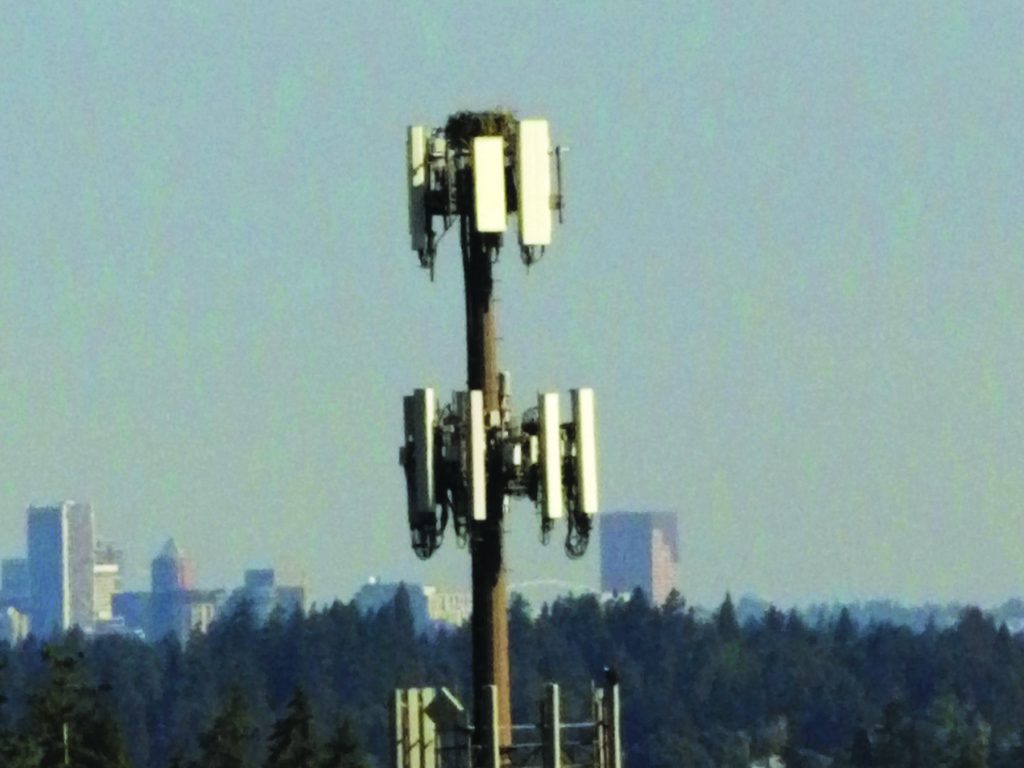
AnafiUSA 1.8.0
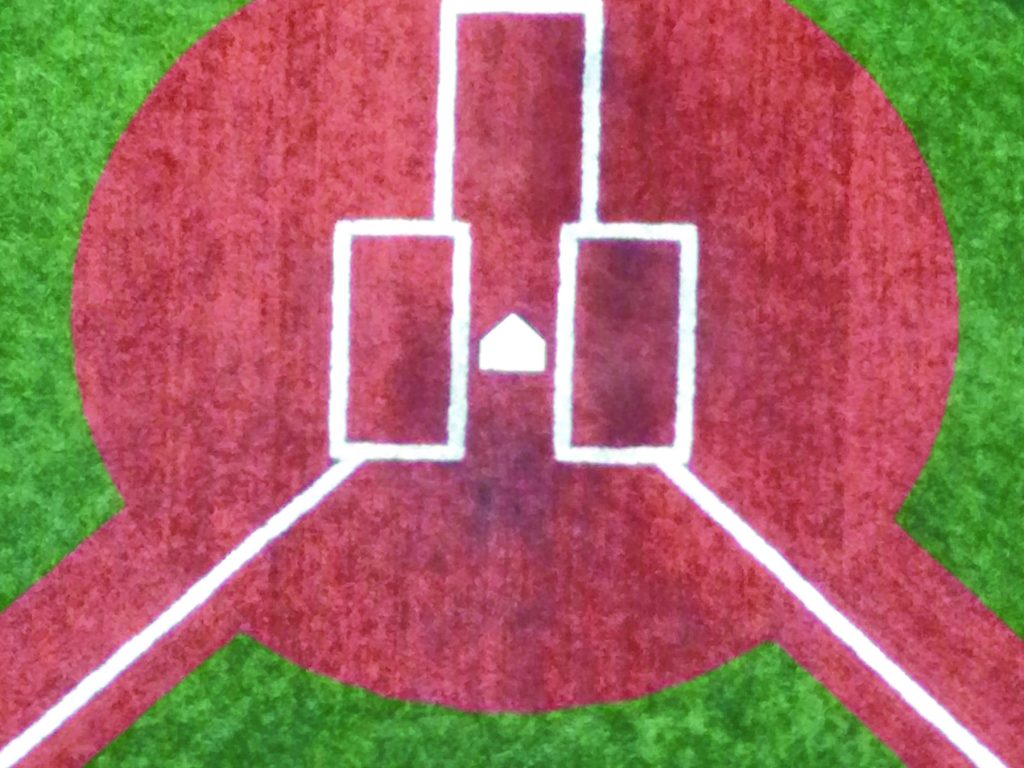
AnafiUSA 1.8.0




















Alot wrong with this review. On the public safety side it is an overpriced, poor thermal, poor communication, LOUD drone.